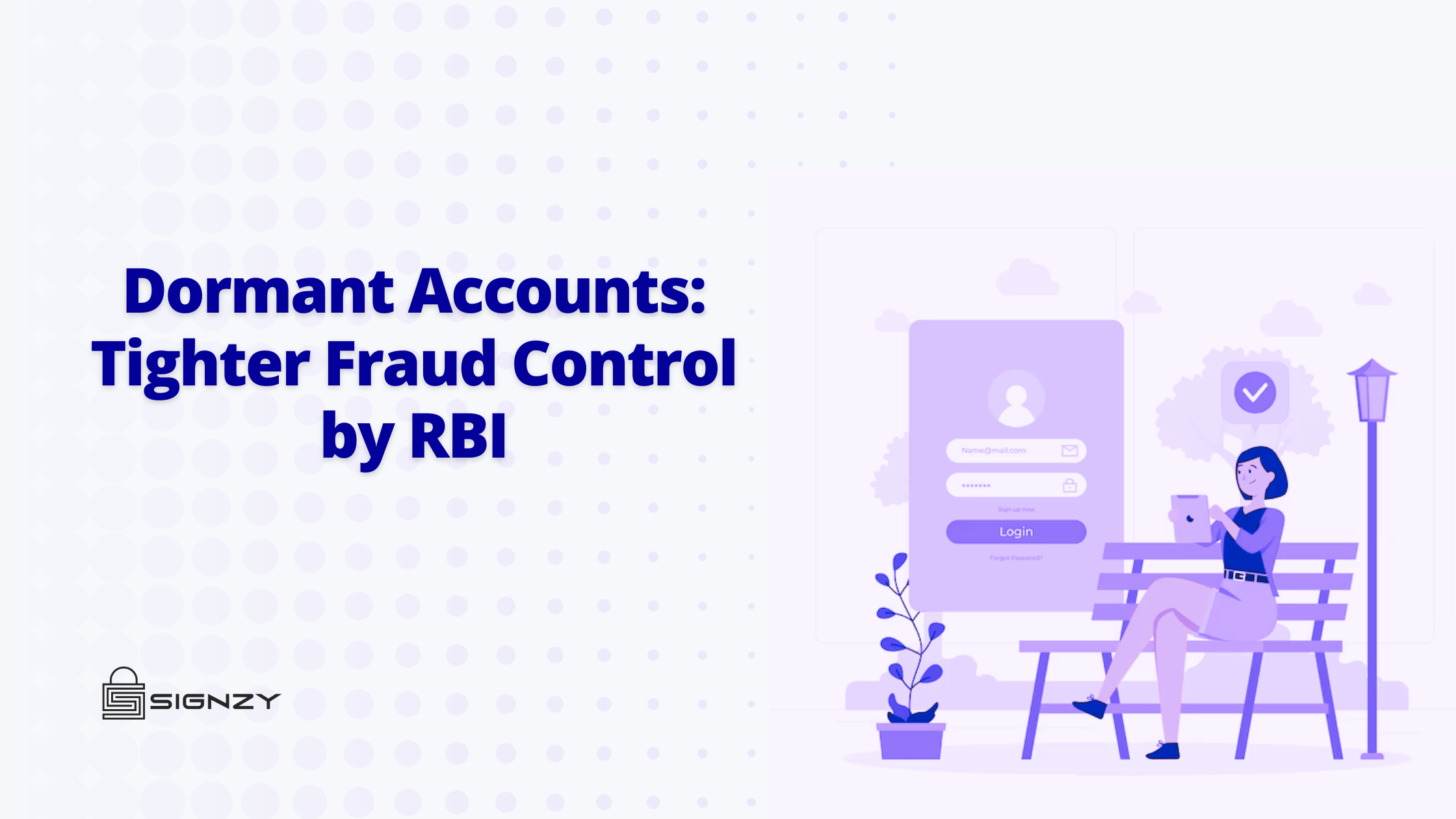Gaming is a source of entertainment for people of all age groups.
Numerous important facets of our existence were brought to our attention by the COVID-19 epidemic. Many of us were also reintroduced to the world of gaming. During the COVID-19 pandemic, as individuals grabbed remote controls to pass the time and combat boredom from isolation, the game industry suddenly gained much attention. We all returned to one of these for enjoyment, whether board games or video games.
The gaming industry surely gained more traction during and post-lockdown but it had the eyes of the investors even before and after that phase.
The global gaming industry is valued in billions of dollars as of today. If experts are to be believed then this industry’s trajectory only seems to be moving upwards for years to come.
Global gaming industry and UAE’s place in this race
When we talk about the gaming industry, we generally think of only video games, right? However, that is not the only component of this vast industry. In layman’s terms, the gaming industry has the following broad aspects:
- Mobile gaming: PUBG Mobile, Candy Crush Saga, etc.
- Virtual Reality (VR) and Augmented Reality (AR): PokemonGO (AR) and Half-Life: Alyx (VR)
- Cloud gaming: Steam, Xbox cloud gaming, etc.
- Console gaming: Xbox, PlayStation and Wii
- PC gaming: Counter-Strike: Global Offensive, Lost Ark, etc.
- Tablet gaming: Minecraft, Fruit Ninja, etc.
- Esports gaming: FIFA e-World Cup, Fortnite, etc.
This list, though, is elaborative, yet it is not exhaustive. Now imagine the size of this industry and the opportunity for business growth it possesses.
The revenue from the video gaming market is projected to be around $282.30 billion by the end of 2024, and this is estimated to reach around 363.20 billion by 2027. The sector is expected to grow at an annual rate of 8.76% between 2024 and 2027.
China is leading the charts in terms of revenue generation, followed by the United States of America. Many countries have aggressively started taking initiatives to boost local growth in this sector with the aim of becoming a Gaming Leader, and the United Arab Emirates (“UAE”) is no exception. The following headline from Forbes is a testament given by the UAE government: How Abu Dhabi Is Bringing The World’s First Esports Island Into Its Future.
The market value of the gaming industry in the UAE stood at $ 484.1 million in the year 2023 and is expected to jump to $754.2 million by the year 2030.
Many global giants like Sony Corporation, Microsoft Corporation, Apple Inc., Google LLC, Electronics Art Inc., NetEase Inc., Ubisoft Entertainment, Tencent Holdings Ltd., Activision Blizzard, Roblox Corporation, etc. have already started establishing their base in the UAE and developing products to cater to the regional audience.
Some startling projections and research by the United Arab Emirates Ministry of Economy:
- A total of $87.73 billion were invested in this industry between 2015 and 2021;
- As of the date of their report, there are around 2.7 billion gamers globally.
- Being a woman gamer is a trend now. Among the new demographics added to the gaming industry, 60% are women.
These numbers clearly suggest the focus the UAE government wants to have in developing this industry.
Gaming Events in the UAE
The growth trajectory of a certain sector is determined by younger generations and their propensity for it. These days, events and concerts are meant to draw young people, which is why gaming events are becoming more and more popular.
The 3 major gaming events in the UAE, as recognized by the United Arab Emirates Ministry of Economy in its report, are:
Insomnia Dubai
This is one of the biggest gaming events in the Middle East. This is organized over the weekend for gamers from all fields.
With retro gaming booths, a Bring Your Own Computer playing hall, and even an exclusive first look at some of the best games that haven’t been released yet, the prestigious event has something for every gamer.
Abu Dhabi Gaming Festival
This is a 30-day gaming event aimed at promoting Abu Dhabi’s endless experiences. At this event, players can play games on PCs, PlayStations, Xboxes, and mobile devices.
Middle East Gaming Con
With features like gaming consoles and esports competitions, this event offers a completely immersive gaming experience. Players may watch professional gamers from around the world compete for cash prizes.
Gamers may also test drive the newest technology, devices, hardware, and games in addition to participating in and competing in live tournaments. It also features selected workshops and a dedicated developer session.
Lottery License: A game changer in commercial gaming
The legal systems of the Gulf countries are based on Islamic principles. Due to religious beliefs, all Gulf governments prohibited commercial gambling, including betting and lotteries. The gaming industry’s overall revenue is largely derived from the commercial gaming sector.
In a historic move, the UAE government has finally approved the first lottery license. The UAE has now become the first Gulf nation to legalize commercial gaming.
Last year in September, the General Commercial Gaming Regulatory Authority (“GCGRA”), a federal entity, was established with the idea to develop a legal framework around the commercial gaming industry.
On July 28, 2024, the GCGRA announced the awarding of the first-ever license to operate the UAE’s first authorized lottery operation. With the following values at its core, this announcement marks a turning point that will alter the commercial gaming industry’s future in the UAE:
- Transparency
- Accountability
- Consumer Protection
- Responsible gaming practices
The Chairman of the GCGRA released a statement in support of this move -“The launch of the UAE Lottery is a pivotal event that not only marks the establishment of a disciplined world-class regulatory framework for lottery activities but also underscores our commitment to nurturing a secure and enriched commercial gaming environment in the UAE.”
Kevin Mullally, CEO of the GCGRA, reaffirmed, “The GCGRA is steadfast in its commitment to global best practices in consumer protection and regulatory oversight. Our regulatory framework is designed to ensure the integrity, fairness, and transparency of commercial gaming activities in the UAE, which include lottery games. It also provides consumers with a comprehensive set of tools to monitor and manage their gaming activity. Additionally, we are leveraging new technologies to foster the creation of safe, entertaining games and drive consumer-focused innovation.”
This move will significantly boost the revenue generated by the gaming industry in the UAE.
The UAE government clearly sees the potential the gaming industry has and is keen on its expansion. The first national lottery license appears to be the first of the regulatory body’s several endeavors.
Tackling challenges in the global gaming industry with Signzy
At Signzy, we strive to meet our customers’ needs in this constantly changing, technologically driven world. We want you to be a part of this fast-moving and rapidly developing gaming industry in the UAE. To help you succeed, we have created several products that will come to your aid:









